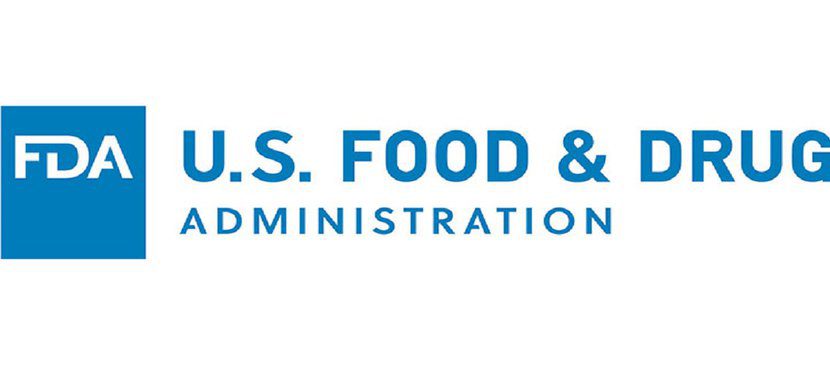The FDA conducted a small, focused assignment in 2019 and 2020 to collect samples of raw agricultural commodity romaine lettuce to test for pathogenic Escherichia coli (specifically, Shiga toxin-producing E. coli or STEC) and Salmonella spp., microbial hazards repeatedly linked to foodborne illnesses associated with romaine lettuce consumption.
The FDA did not detect any pathogens during the assignment, which ended in December 2020.
The FDA began the assignment in November 2019, following multiple outbreaks of foodborne illness linked to romaine lettuce. The United States experienced two multistate outbreaks of E. coli O157:H7 infections in 2018 (in the spring and fall), and four outbreaks of E. coli O157:H7 infections in 2019 (one in the summer, and three in the fall), all linked to or possibly linked to the consumption of romaine lettuce.
In the fall of 2020, the FDA investigated a multistate illness outbreak linked to leafy greens and caused by a strain of E. coli genetically related to a strain associated with the 2019 fall romaine lettuce outbreaks. Salmonella spp. also commonly cause foodborne illness outbreaks associated with fresh produce consumption in the United States, and in 2013 the nation experienced a multistate outbreak of Salmonella Newport infections linked to romaine lettuce consumption.
The FDA’s goal in conducting this assignment was to see whether the target pathogens may be present at the FDA-registered facilities and farms linked by FDA traceback investigations to foodborne illness outbreaks of recent years where romaine lettuce was confirmed or suspected to be the food vehicle.
The agency collected most of the samples at facilities in the Yuma, Arizona, and Salinas Valley, California, agricultural regions. In the event that STEC or Salmonella spp. were detected, the FDA intended to conduct follow-up inspections to evaluate controls and determine potential sources and routes that may have led to the contamination.
Although the FDA did not detect any pathogens during this assignment, maintaining surveillance during the leafy greens growing/harvesting season is helpful to informing the agency’s leafy greens prevention efforts.
Findings
All the samples collected and tested for this assignment were negative for Salmonella spp. and strains of E. coli capable of causing serious illness. The agency detected E. coli in one sample, but subsequent characterization showed the organism did not feature any known characteristics that would enable it to adhere to intestinal epithelium, which is essential for infection to begin. The FDA also conducted WGS on the organism and determined that it was not associated with any known human illnesses.



